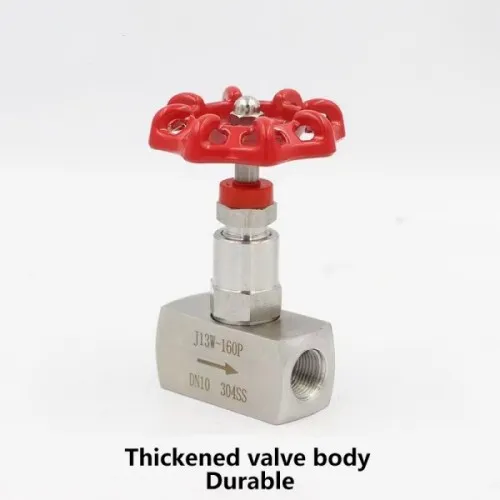Types of Control Valves Used in Hydraulic Systems and Their Applications
Types of Control Valves in Hydraulic Systems
Hydraulic systems are pivotal in various applications, ranging from industrial machinery to aircraft. At the heart of these systems lies the control valve, a crucial component that regulates fluid flow and pressure. Understanding the types of control valves used in hydraulic systems is essential for efficient operation and maintenance.
1. Directional Control Valves
Directional control valves are responsible for controlling the path of the hydraulic fluid. They determine which actuator or function will be powered at any given time. These valves can be categorized based on the number of ports and the number of positions they can achieve
- Two-Way Valves These valves have two ports and can either allow flow in one direction or block it. - Three-Way Valves Commonly used for controlling single-acting cylinders, these have an inlet and an outlet and can divert flow between two positions. - Four-Way Valves Essential for double-acting actuators, these valves can direct fluid to either side of the cylinder, providing bidirectional control.
Directional control valves can be actuated manually, electrically, or pneumatically, making them versatile for various applications.
2. Pressure Control Valves
Pressure control valves are designed to maintain the system pressure within desired limits
. They prevent equipment damage and ensure reliable operation. Types of pressure control valves include- Relief Valves These valves open at a predetermined pressure to release excess fluid, protecting system components from damage due to high pressure. - Sequence Valves These valves ensure that operations occur in a specific order. They allow fluid flow to a secondary circuit only after a predetermined pressure is achieved in the primary circuit. - unloading Valves These are used to divert fluid away from a component back to the reservoir when it is not in use, thus maintaining system efficiency.
types of control valve in hydraulic system

3. Flow Control Valves
Flow control valves regulate the rate of fluid flow within the hydraulic system. By controlling the flow rate, these valves influence the speed of actuators. Common types include
- Orifice Flow Control Valves These utilize an orifice to restrict flow and control the speed of an actuator. While simple and cost-effective, they can lead to pressure drops. - Variable Flow Control Valves These allow for adjustable flow rates, providing more flexibility in controlling actuator speeds. These types are commonly found in modern hydraulic systems that require precise control.
4. Proportional and Servo Valves
Proportional and servo valves are sophisticated control devices that provide more precise control of flow, pressure, and direction. These valves are equipped with feedback systems that enhance their responsiveness to changes in system conditions.
- Proportional Valves These valves control flow and pressure in proportion to an input signal. They are widely used in applications requiring variable speed control, such as in robotics and CNC machinery. - Servo Valves Highly advanced, servo valves provide rapid response and high precision, often employed in aerospace and high-performance applications where accuracy is crucial.
Conclusion
The selection of control valves in a hydraulic system is determinant for its efficiency and reliability. Understanding the different types of control valves—directional, pressure, flow, as well as proportional and servo valves—enables engineers and technicians to design systems that not only meet operational requirements but also ensure safety and longevity. As technology advances, the development of more sophisticated control valves continues to enhance the performance and capabilities of hydraulic systems across various industries. Proper maintenance and timely upgrades to these critical components are essential for optimizing hydraulic system performance and achieving successful operational outcomes.
-
The Key to Fluid Control: Exploring the Advantages of Ball Valves in Industrial SystemsNewsJul.09,2025
-
The Versatile World of 1, 2, and 3 Piece Ball ValvesNewsJul.09,2025
-
Stainless Steel Ball Valves: The Ideal Choice for Efficient Flow ControlNewsJul.09,2025
-
Optimizing Fluid Control with Ball Float ValvesNewsJul.09,2025
-
Manual Gate Valves: Essential for Control and EfficiencyNewsJul.09,2025
-
Everything You Need to Know About Butterfly ValvesNewsJul.09,2025
-
The Versatility of Wafer Type Butterfly ValvesNewsJul.08,2025




